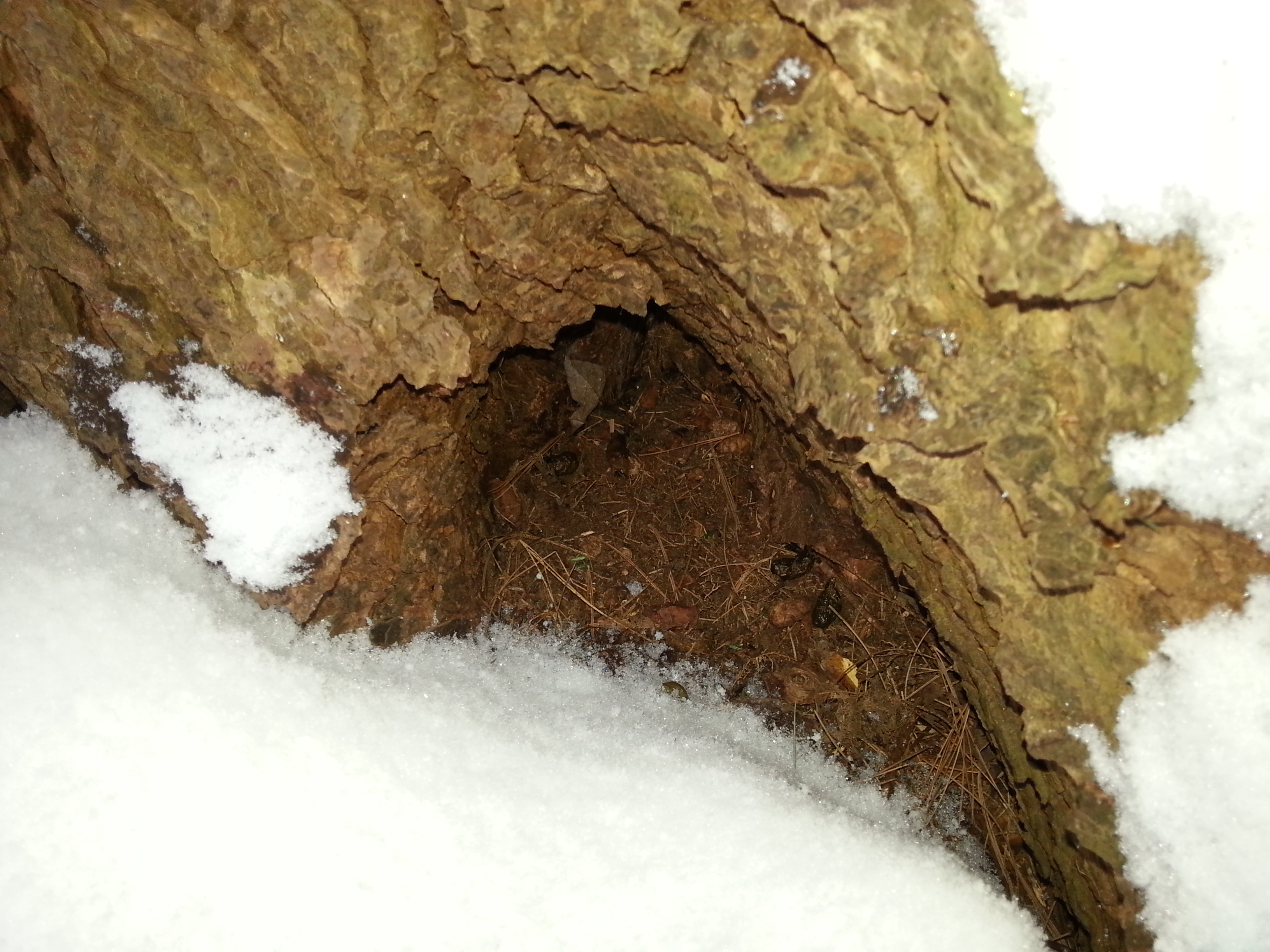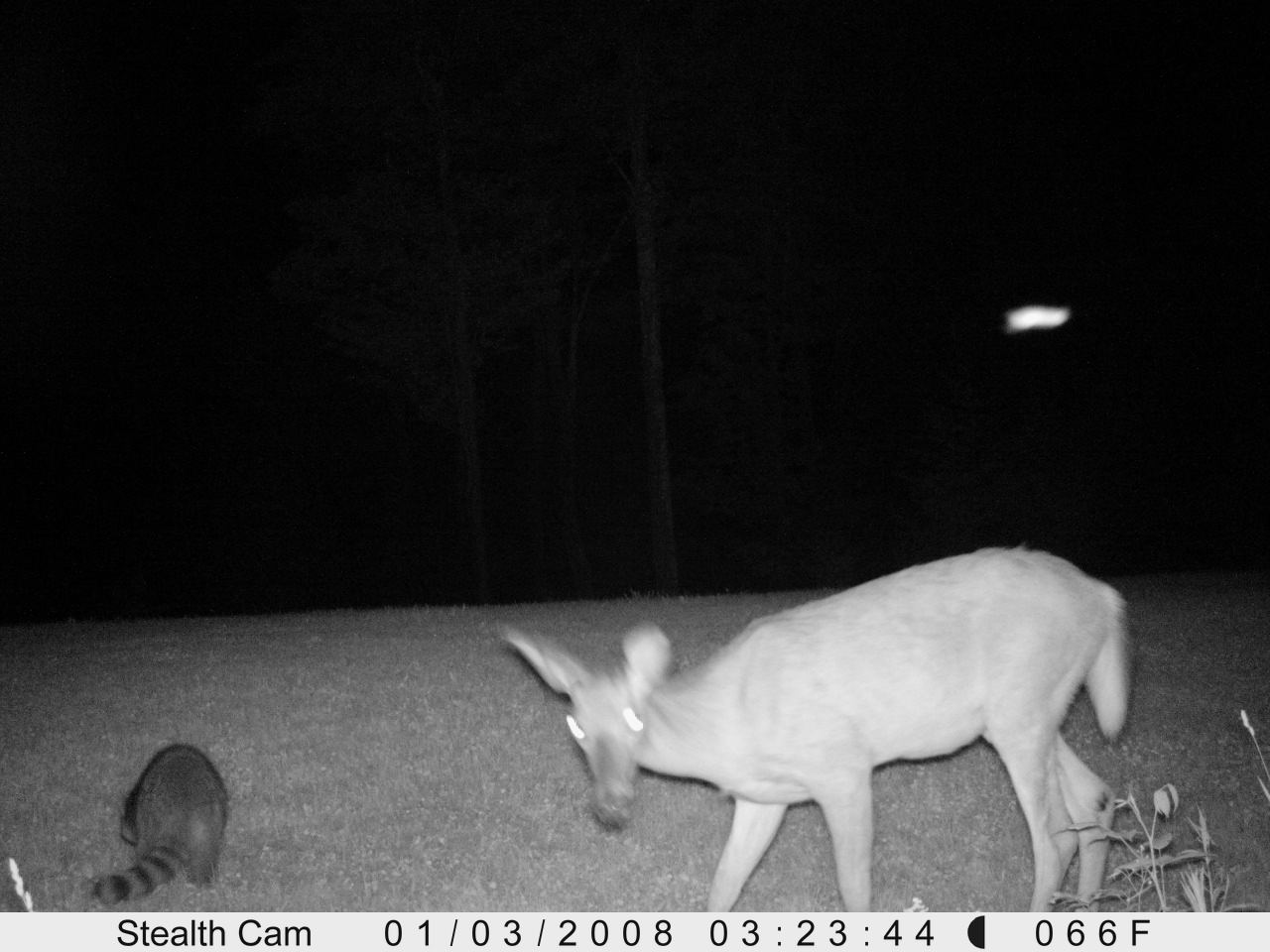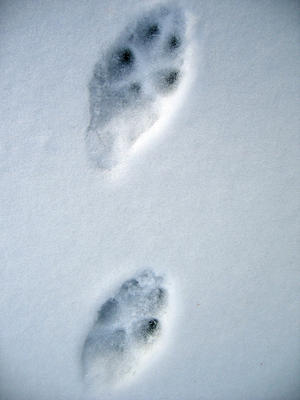Welcome to the 31st edition of Windows on Wildlife! I apologize for the sporadic nature of this carnival; on top of the deaths in my family, I’ve had some recent personal challenges which have prevented me from getting to the blog as often as I usually do.
But we’re back! If you have a recent post about wildlife you would like to share (it can be anything: birds, insects, mammals…) scroll down to the end of the post and add your site. I will compile and post all additions the following week. Please don’t forget to link back here (I’d love it if you’d add the Windows on Wildlife button to your post which you can find on our sidebar) and visit other blogs that have articles to share. Thanks for stopping by!
In a previous edition of Windows on Wildlife, I talked about the value of finding a ‘sit spot’ for nature observation. During the last big snowstorm here in New England, I went out snowshoeing to visit my sit spot. I didn’t go for wildlife observation – I went out in the middle of the storm, just to get out and experience the amazing force and solitude that heavy snow storms bring to the woods.
I discovered, when I stopped at my little spot by a small creek, a rather pungent smell and traced it to a hole in the base of a Hemlock tree:
You can see the scat leavings just at the mouth of the hole. I wish I had remembered to put an object in the photo for scale, but based on the size and construction of the scat I’m guessing that this is a porcupine den. Hemlock is a major food source for porcupines, and they often nest in Hemlock groves. I haven’t done any follow-up research to confirm my findings as definitely porcupine, but I’m fairly certain that this is correct.
Now I’m wondering about whether I can in good conscience continue to use this sit spot. I’ve already become quite fond of it, but I don’t wish to disturb the porcupine neighbors with prolonged visitations.
I’ll have to consider what to do about my spot; I’m loathed to give it up – it’s really the place I’ve been looking for for years. Any thoughts on how disruptive a periodic and quiet human presence might be so close to an animal’s den? What would you do?
Linking up this week with Nature Notes:
I know I’ve been unexpectedly away from Windows on Wildlife for a few weeks. Since I wasn’t able to compile the on-and-off-line contributions from the previous edition, we’ll start fresh this week. Add your wildlife post to our link up below (it’s also on Blog Carnival, which is how some bloggers find us) and I’ll compile them in next week’s edition.






Nice to see you back, Cynthia! Bummer that you have some wildlife friends who also like your sit spot. I wonder if you are quiet and careful enough (which I’m sure you would be) they would allow you to share.
Hey Jen! I’m glad to be back – I’ve missed writing and reading my favorite blogs. Still working on that second one… I was wondering the same thing. I think I might try a quiet visit when things warm up again (it’s snowing!!). I’ll be sure to post my results.
Well, I think I’d find another spot. Porcupines hate to be disturbed and you might not have such a quiet place to sit after all if it decides to let those quills go in your direction.
Hi Karen – thanks for visiting. I would hate to disturb any nesting or denning wild animal, and am thinking my best bet might be to compromise and just move my sit spot a few yards away so I’m not right on top of them.
I’ve never seen anything like this before….a porcupine den. Amazing find.
Thanks Anni – love the name of your blog!
Beautiful shots. I know it’s hard to know what to do when an animal may have its den there. Although a different issue, I have to be careful about when I prune my bushes because birds nest in them. I accidentally exposed a robin nest several years ago and since then I’ve been paranoid about pruning.
Thanks, Carver! Pruning and even grass mowing (depending on how tall you let your grass and/or wildlflowers get…) can be tricky, both for bird nests, and for small mammals that den in our yards and gardens. It’s definitely all a balancing act!
Hi….this is interesting…sent from michelles ipad
Michelle!! So good to hear your ‘voice’ – you’ve been on my mind so much lately. I’ve been meaning to send you an email to check in and ask you a few questions. In the meantime, keep healing and writing; and thanks for saying hello! xxoo
Very cool! Now I feel the need to research porcupines. I didn’t know they were fond of hemlocks!
Porcupines are really neat animals – they’re definitely partial to hemlock. And their only natural predators are fishers and mountain lions – no other predators are able to successfully prey on them due to their quills and their arboreal (tree dwelling) nature.